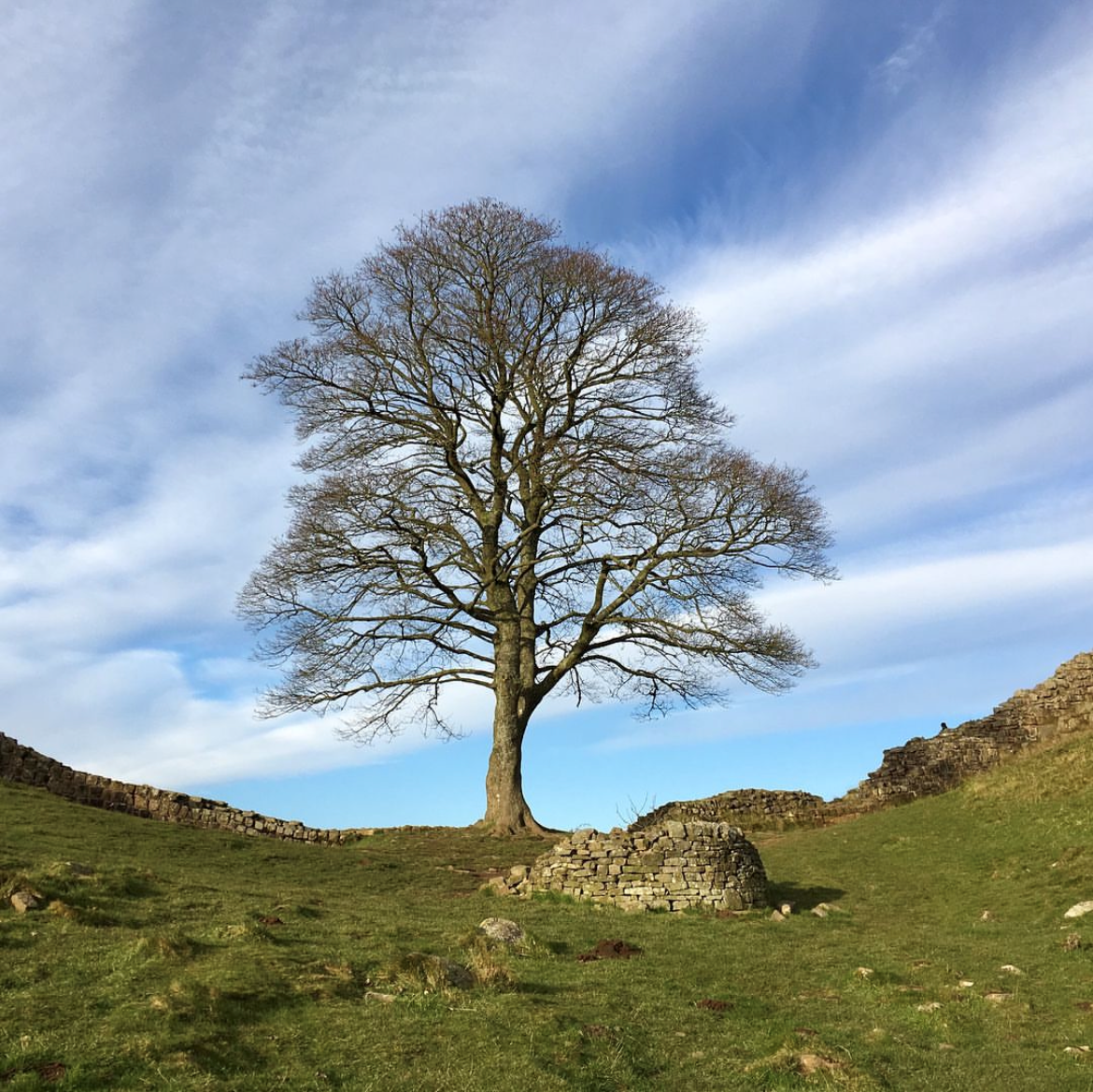Is it a criminal offence to cut down a tree?

Sycamore Gap Tree
The ancient Sycamore Gap Tree, located in Northumberland next to Hadrian’s Wall has been an iconic tree for over 300 years. The Sycamore Gap Tree became well known following its appearance in the 1991 film, Robin Hood: Prince of Thieves and more recently, was named English Tree of the Year in 2016.
Devastatingly on 28 September 2023, the famous tree was found to have been cut down in an assumed deliberate act. Two people have since been arrested and released on police bail.
The act raised debate over whether it was carried out deliberately and whether a criminal offence had occurred. There were also questions surrounding the ownership of the tree and the legalities around cutting down a tree, despite how much attention it may have attracted to those around the world.
The initial position of the authorities appeared to be that they were not clear what had caused the tree to fall. The fact that there have now been arrests clarifies that the police are treating is as criminal damage and therefore a deliberate act. This appears obvious when looking at pictures of the felled tree; it appears obvious it has been deliberately cut by someone who knew what they were doing.
The position of ownership is simple, in that the Sycamore Gap Tree belonged to Northumberland National Park. The tree did not belong to any individual and so the matter is likely to be charged under criminal damage of the Northumberland National Park’s property.
Tree Preservation Orders
A Tree Preservation Order is a written legal order from a Local Authority used to protect specific trees or whole woodland areas from being damaged or felled. The aim is to protect trees that are of value to the public. If anyone is looking to fell a tree subject to such an order, they would require the permission from the Local Authority. If a tree has been felled without the permission of the Local Authority, they may be subject to civil action by the Local Authority or face charges of criminal damage, if the tree was not within your property.
Those who damage or fell a tree with a Tree Preservation Order without permission or in a Conservation Area may be:
- fined up to £20,000.
- prosecuted for felling without a licence.
- served a notice to replace any protected trees that have been destroyed.
It is unknown whether the Sycamore Tree had a Tree Preservation Order. However, the laws around Tree Preservation Orders are complex and important to know if you ever consider felling a tree, whether that be in your own garden or in a public place.
Felling a tree in your garden
If you own your home, you don’t need permission to fell a tree within your garden unless it’s subject to a Tree Preservation Order or it is within a Conservation Area. If you rent your home, you must get the landlord’s permission first before felling a tree.
Felling licences
If you are looking to fell a tree outside of a private garden, you may need a felling licence. If the tree, or trees, amount to 5 cubic metres of timber by volume, it’s usually an offence to fell without one.
However, the need for a licence does not absolve you from criminal responsibility in all circumstances. You may need permission, or the tree may be subject to a tree preservation order. It may also be the case that the tree is owned by a National Park, as shown in the recent news of the Sycamore Gap Tree. If this is the case, you may be charged with criminal damage or face civil penalties.



